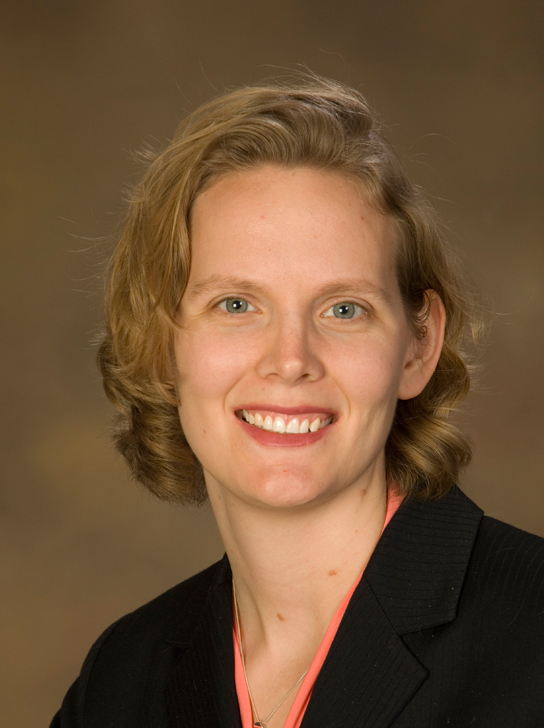Kacey Ernst receives $2.3 million to track dengue transmission
 |
| Kacey Ernst, PhD |
Kacey Ernst, PhD, assistant professor of epidemiology in the University of Arizona’s Mel and Enid Zuckerman College of Public Health, was awarded $2.3 million from the National Institutes of Health to study populations of A. aegypti that inhabit the region between Guaymas, Mexico and Southern Arizona.
Very few cases of dengue typically are seen in the U.S., Ernst said. The most recent outbreaks occurred in Key West and Miami, Fla., and in Brownsville, Texas, but they subsided after control efforts were implemented to reduce the amount of contact people had with the disease-carrying mosquitoes.
Across the southern border, however, is a different story. “There is actually a lot of dengue transmission in Mexico even as far north as Hermosillo, only about 200 miles south of the U.S.-Mexico border,” said Ernst.
The NIH grant will allow Ernst and her colleagues to study populations of A. aegypti for four years. The team will collect mosquito larvae and adults along a geographic transect from Guaymas, Sonora, to Tucson, including Hermosillo, Magdalena and Nogales.
The study will involve interviews and inspections of people’s homes, Ernst said, considering environmental, climatic and social factors that could have an impact on the rate of dengue transmission.
The UA team will work with the National Center for Atmospheric Research, or NCAR, and with the Universidad de Sonora in Hermosillo, Sonora, Mexico, for the research.
Understanding the factors that influence dengue transmission is especially important in Southern Arizona considering the proximity to areas where severe outbreaks sometimes occur, Ernst said. “Because of that proximity, we have a greater potential for the A. aegypti to act as disease vectors here. We have a lot of people coming to and from areas with greater rates of transmission. Border crossings are in the thousands per day where you have people crossing from Arizona into Mexico and vice versa, so the chance of transmission of dengue here is greater.”

